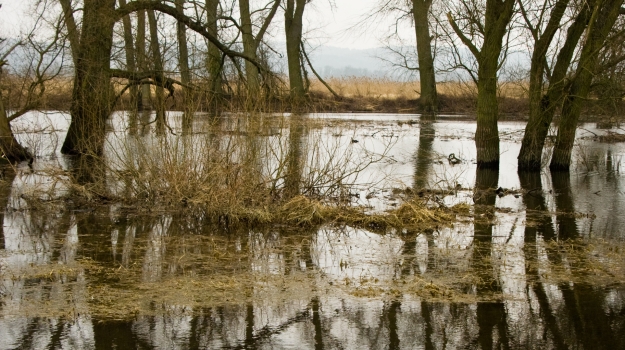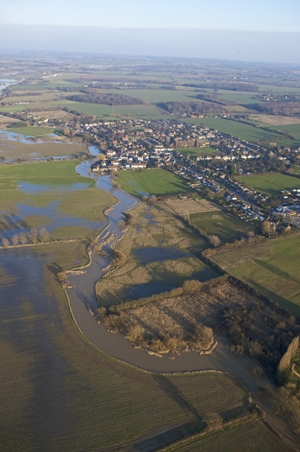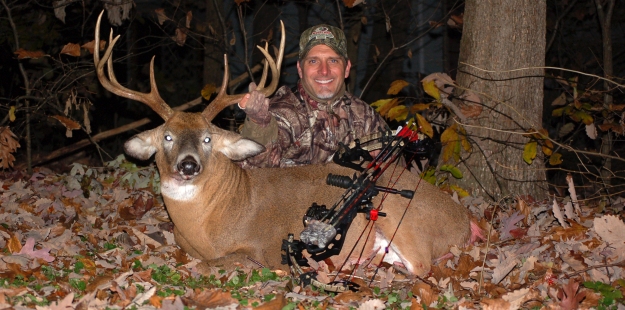
Destruction can bring renewed optimism
By Carsie Young
The historic spring flooding in the Mississippi River Watershed forces us to consider what happens to our wildlife when high water occurs. There is nothing we can do to prevent it, but we can learn how the critters survive…or not.
Flooding is as old as the river itself, and wildlife has adapted to its frequent interruption to their routine. Here in the south we have common flood events. They are usually short term events when excess rain forces creeks and rivers to spill their banks, but they return to their natural channel after a few days. Events like these push deer out of the creek bottoms to the hills as the water gradually rises, but they will typically follow the receding water back into their normal haunts. Deer may also find slightly elevated topography in the bottoms that doesn’t submerge where they can wait out the flood.
When water levels rise to historic levels and inundate these higher ridges the deer herd is in serious trouble. Often they are cut off by high water and must swim or walk through fences, woods and thickets to find high ground. This is extremely stressful and many deer are injured or killed in their attempt to reach dry land. Deer will seek refuge anywhere out of the water including front porches, roofs and levees. Deer are forced out of their normal habitat into back yards and city streets, generating more stress and mortality.
 The flooding of the Mississippi River and its tributaries this year is different. This overflow, fed by heavy snowpack melt and record rainfall has submerged hundreds of thousands of acres of prime habitat for weeks and even months. Floods of this magnitude will do short term damage to the environment by destroying food plots, crops and browse. Some browse will leaf out again as it emerges from the water, but it may take several weeks to put on new growth.
The flooding of the Mississippi River and its tributaries this year is different. This overflow, fed by heavy snowpack melt and record rainfall has submerged hundreds of thousands of acres of prime habitat for weeks and even months. Floods of this magnitude will do short term damage to the environment by destroying food plots, crops and browse. Some browse will leaf out again as it emerges from the water, but it may take several weeks to put on new growth.
Turkey populations are hit even harder by a long term flood. Spring or early summer floods destroy nests, drowns poults that cannot fly yet, and strands those who cannot fly far. A flood such as this year’s can nearly wipe out a generation of turkeys. Even the adult turkey population that can exist in trees short-term may not be able to outlast the flood. Often they may not be able to fly the long distances necessary to reach dry land.
Small game is also tremendously affected - squirrels cannot forage on the ground for food, rabbits are stranded on logs, quail nests are destroyed- populations will be affected for years because of this event.
The good news for us is that although our wildlife populations may take a huge hit, the environment is enhanced by the flooding. New nutrients are brought in by the flood, giving native plant species a boost. Know that even with the horrendous destruction there is a light at the end of the tunnel and renewed optimism. We must simply make the best of the consequences and continue to improve as GameKeepers.
Photo credit, header image: Cornelia Pithart | Dreamstime.com
Photo credit, article image: Noeyedear | Dreamstime.com



























